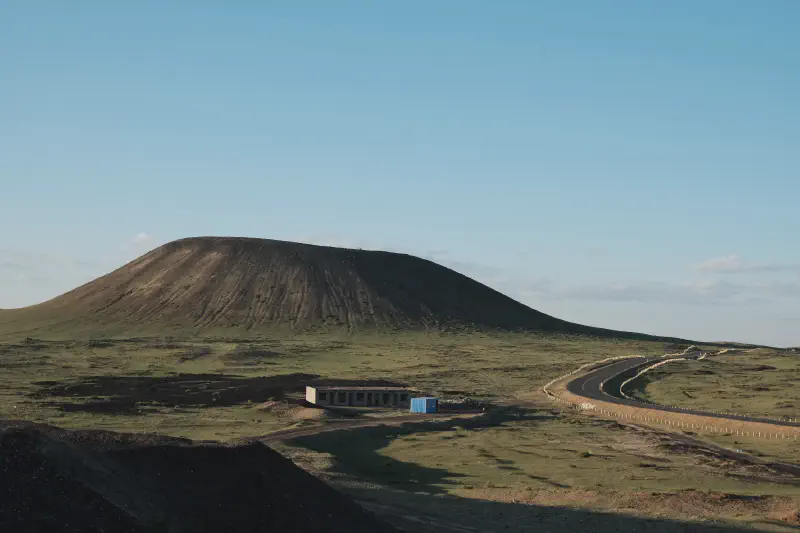Located in Ulanqab City, the Ulanhada Volcano Cluster (part of the Chahar Volcano Cluster) is a young dormant “active volcano,” with its last eruption occurring during the Holocene epoch (about 10,000 years ago). The Ulanhada Volcano Cluster is the only volcano cluster in China that can be observed up close, and you can even climb the volcanoes. Curious about the volcanic landscape and eager to visit the Inner Mongolia grasslands, we decided to take a weekend trip from Beijing to Ulanqab.
Arriving in Ulanqab
On Friday afternoon, we took a high-speed train from Beijing Qinghe Station directly to Ulanqab (Jining Station), a journey of about 1.5 hours.
The Ulanqab grasslands are vast and sparsely populated. Not only is the distance from Jining City to the volcano cluster nearly 100 km, but the distances between the individual volcanoes within the cluster are also significant. Therefore, self-driving is essential for exploring the area. However, due to the sudden finalization of our itinerary and the fact that it was a weekend trip, we couldn’t book a car online in time. Major platforms like Shenzhou Car Rental and eHi were already fully booked (at least a week in advance), and the cars from smaller platforms were in poor condition. While already on the train, we reluctantly chose a local car rental shop in Ulanqab via Meituan (called “Youbu Car Rental”). Initially, we were worried about the reliability of such a small company, especially since they required a deposit of several thousand yuan. However, the owner sounded trustworthy over the phone, so we took a taxi directly to the shop after getting off the train. To our surprise, the cars at this shop were quite good. We got a Jeep Compass, which was cheaper than the major platforms, costing about 500 yuan per day.
In the evening, we drove to eat hand-grabbed lamb and then booked a random hotel. Hotels in Jining are all similar, with prices generally around 100 yuan. The rooms are a bit old but reasonably clean.
Day 1: Grasslands and Volcanoes
We woke up late in the morning and first went to “Dongdong Shaomai Yangza Restaurant” for lamb shaomai and lamb offal soup. Then we drove 90 km to Huitengxile Grasslands, a journey of about two hours. Actually, the grasslands are on both sides of the highway, with clear blue skies and white clouds throughout the journey. There were few cars on the road, and the drive itself was already enjoyable.
Following the navigation, we exited the highway and drove a short distance on County Road 560 before reaching the grasslands. We saw many horses by the roadside and couldn’t resist jumping out of the car to walk on the grass. Although the photos show clear skies, the wind was incredibly strong—strong enough to push people around—so caution was necessary.
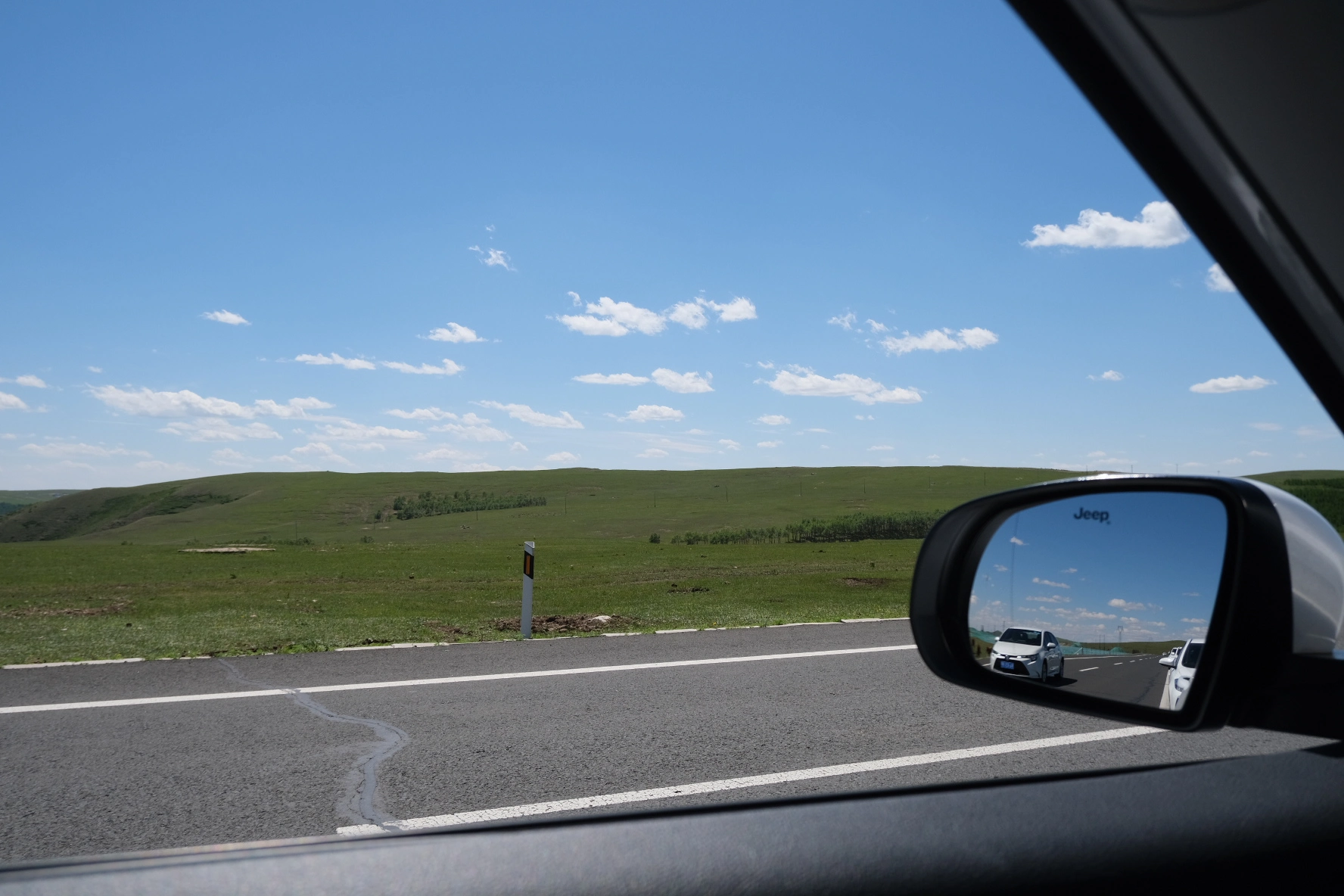
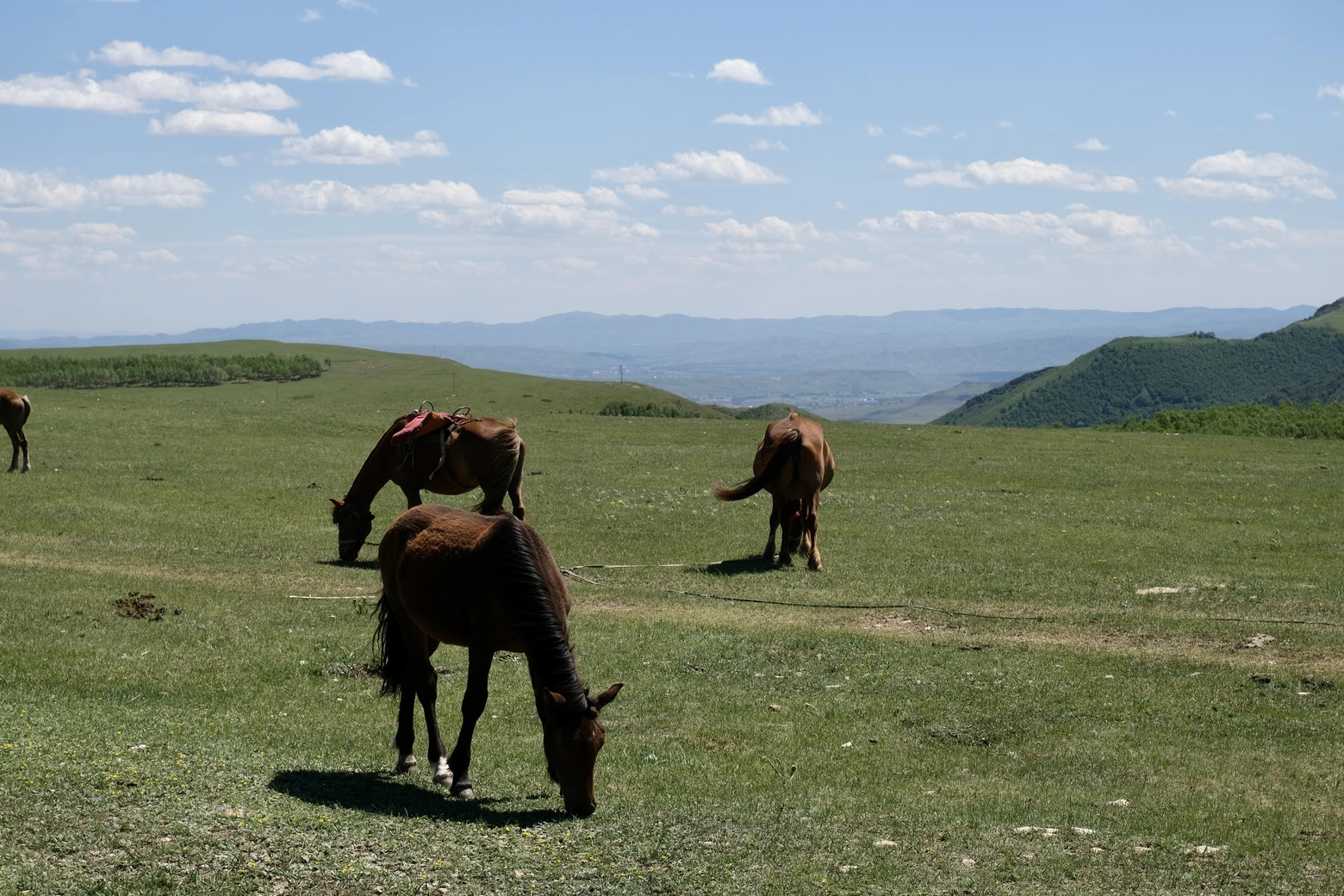
We continued forward and drove directly onto the grasslands. There were no traffic restrictions, so we floored the gas pedal and raced across the grasslands. The grasslands were filled with cows and horses, and it felt like we were herding them.
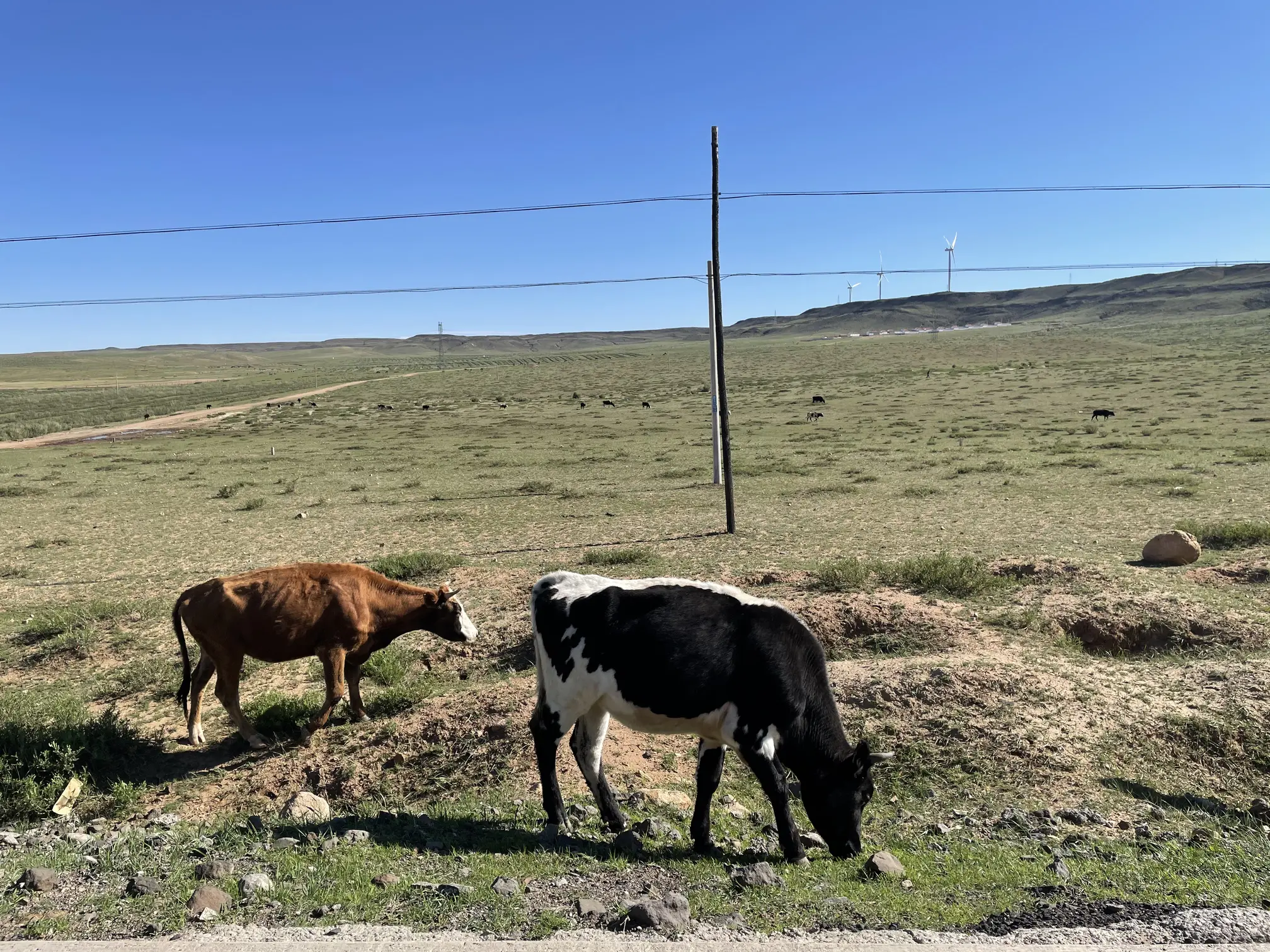
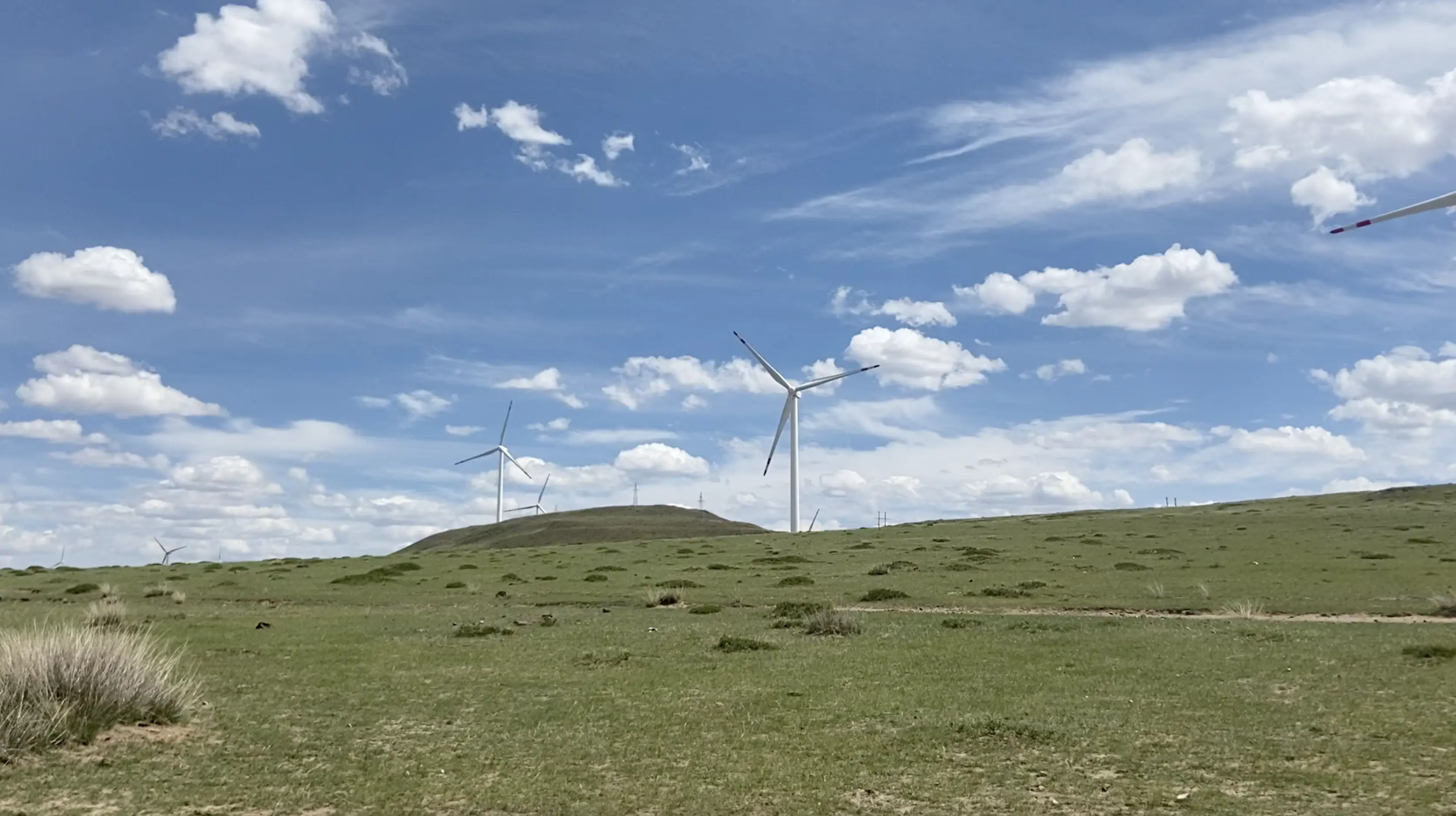
After spending a few hours on the grasslands, we headed to Volcano No. 3 in the Ulanhada Volcano Cluster, about 120 km away. This time, we avoided the highway and took regular roads, driving slower and enjoying music along the way.
At Volcano No. 3, we parked at the foot of the volcano. By this time, there were more tourists around. We ate self-heating rice in the car. The wind here was as strong as on the grasslands, carrying black volcanic ash particles. Within moments, our clothes were covered in ash, so it’s best to wear windproof and dirt-resistant clothing when visiting.
We slowly climbed the black volcanic rocks to reach a popular photo spot—a red telephone booth.
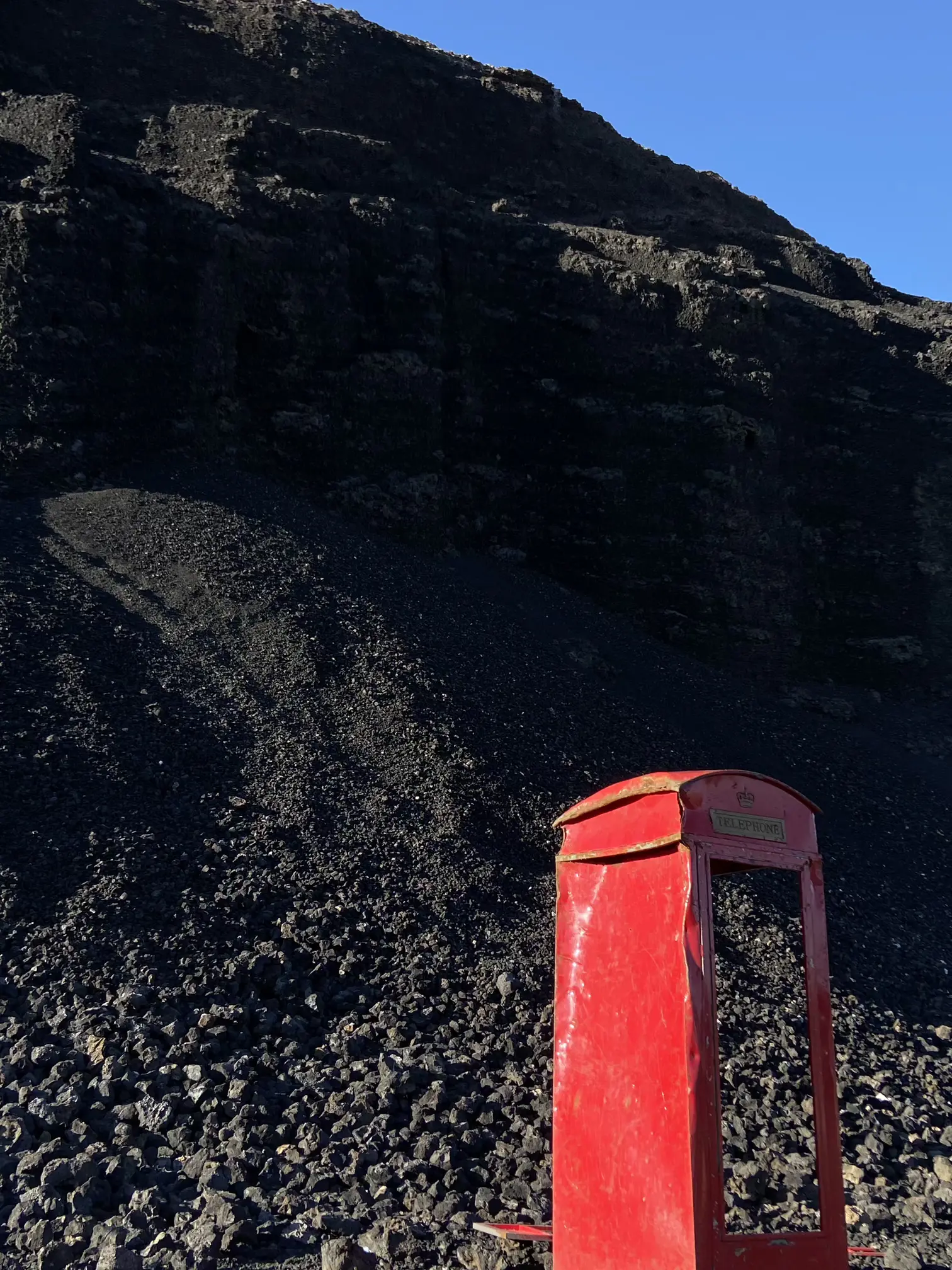
After a brief stop, we continued climbing. Volcano No. 3 has a straight staircase leading to the top, which takes about five minutes to climb, but few people seemed to use it. At the summit, the wind was even stronger, and anything not secured would be blown away immediately. Taking commemorative photos was impossible, but the summit offered a panoramic view of the surrounding terrain and scenery. We took a few photos that looked like aerial shots.
By this time, it was almost 7 PM, and we needed to reach Volcano No. 6 before dark, which was about a 10-minute drive away. We descended and drove off.
Volcano No. 6 has been heavily mined and is entirely black. The road leading to it is bumpy and uneven. Although cars are allowed to drive up the volcano, vehicles with low ground clearance would struggle and require walking instead. Fortunately, we rented an SUV with good performance, and it handled steep slopes with ease.
We carefully entered the dangerous area of the volcano, where the volcanic rock particles were even denser. We continued driving along a circular path up the mountain. By this time, the sun was setting, and the sunset cast a fiery red glow on the black volcanic rocks.
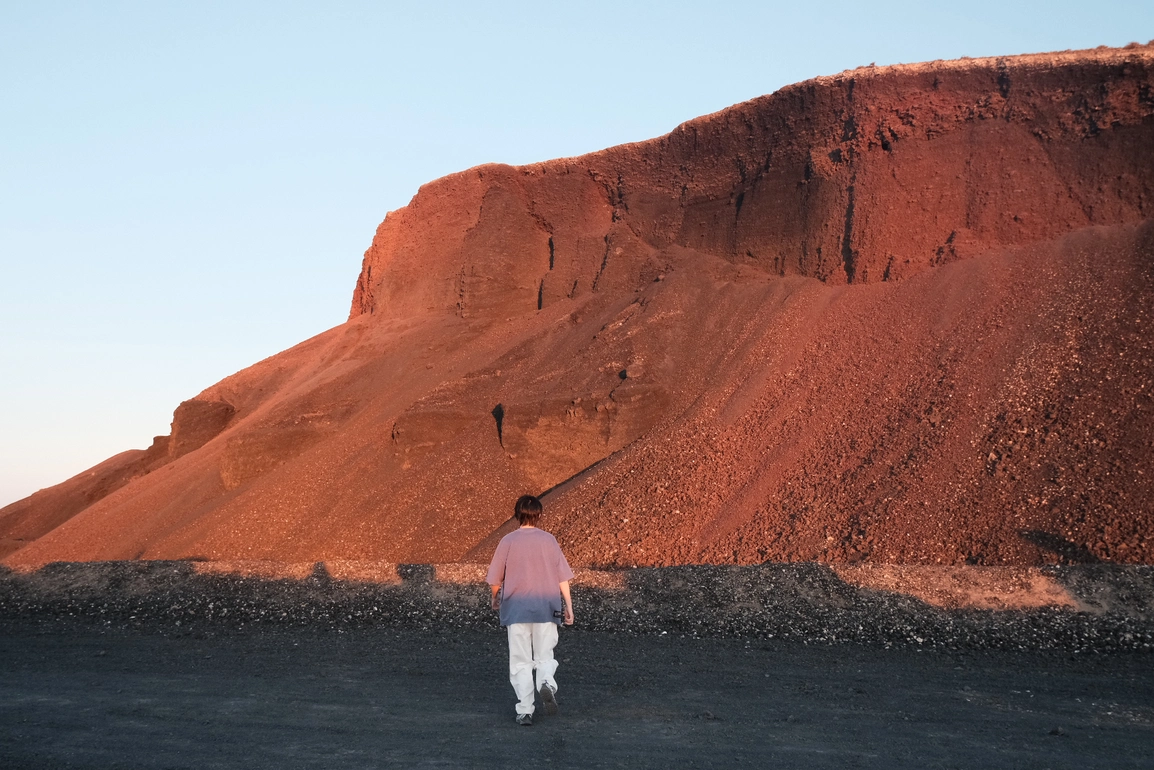
Looking toward Volcano No. 5 in the distance, the scenery resembled a movie scene.
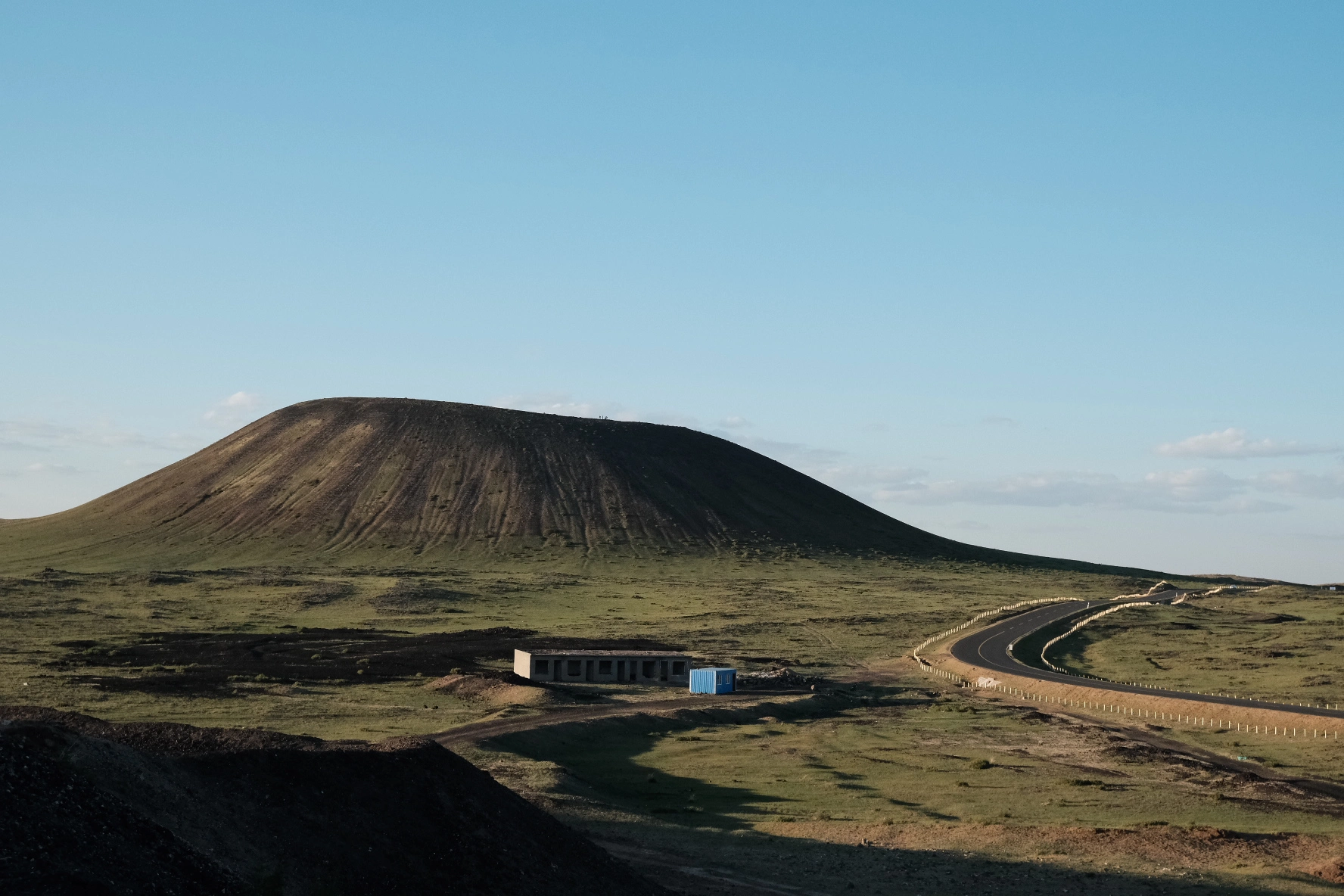
We left the volcano cluster and stayed in Chahar Right Rear Banner for the night, enjoying nomadic cuisine and preparing for another day of grassland exploration. The room was booked last minute and resembled a guesthouse, with retro-style accommodations and bathing facilities.
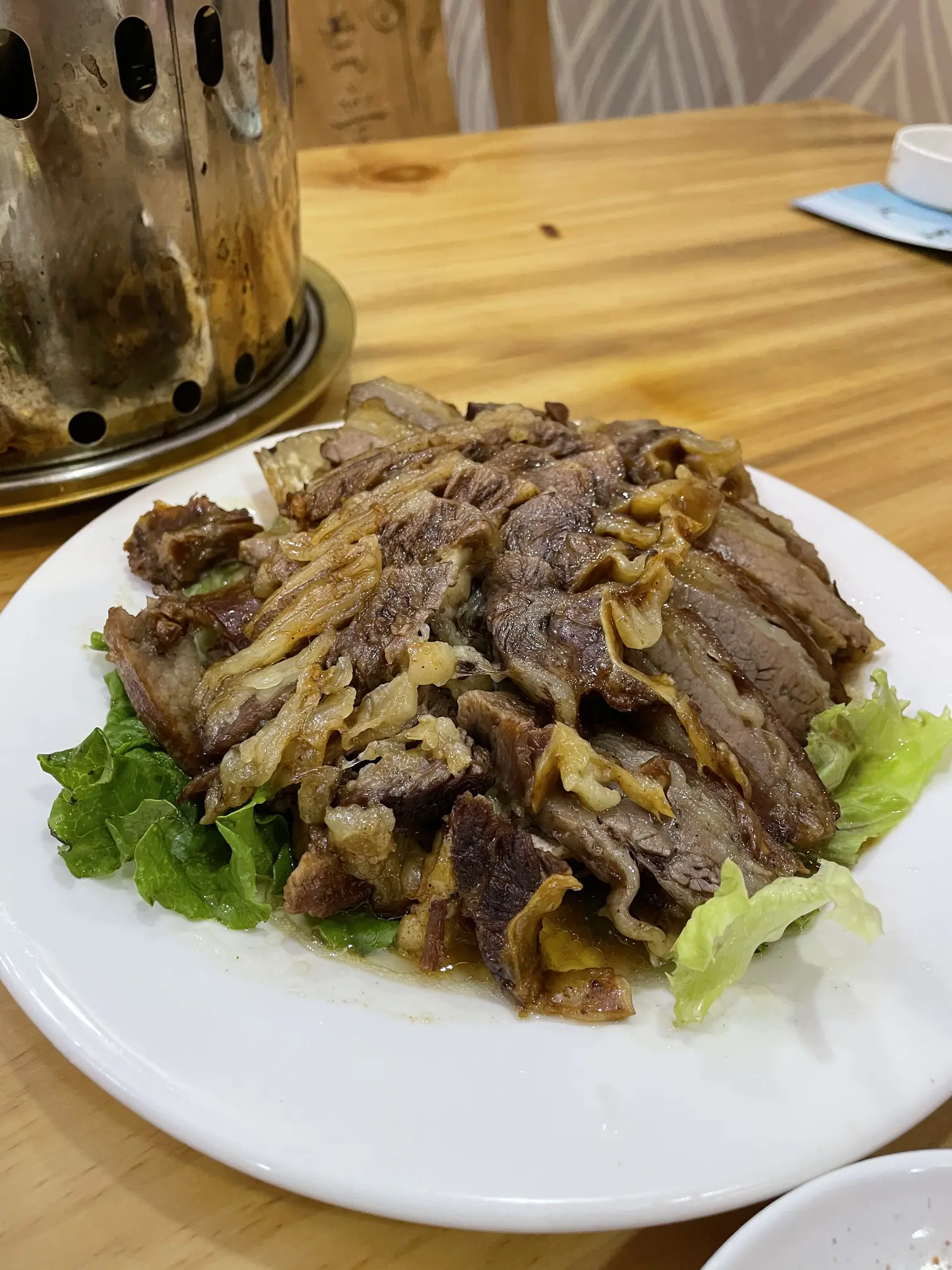

Day 2: Leisurely Stroll
There wasn’t much planned for the second day, as we wanted to take it easy. After sleeping in, we decided to roam the grasslands around Chahar Right Rear Banner. Before heading out, we enjoyed some local delicacies in town.
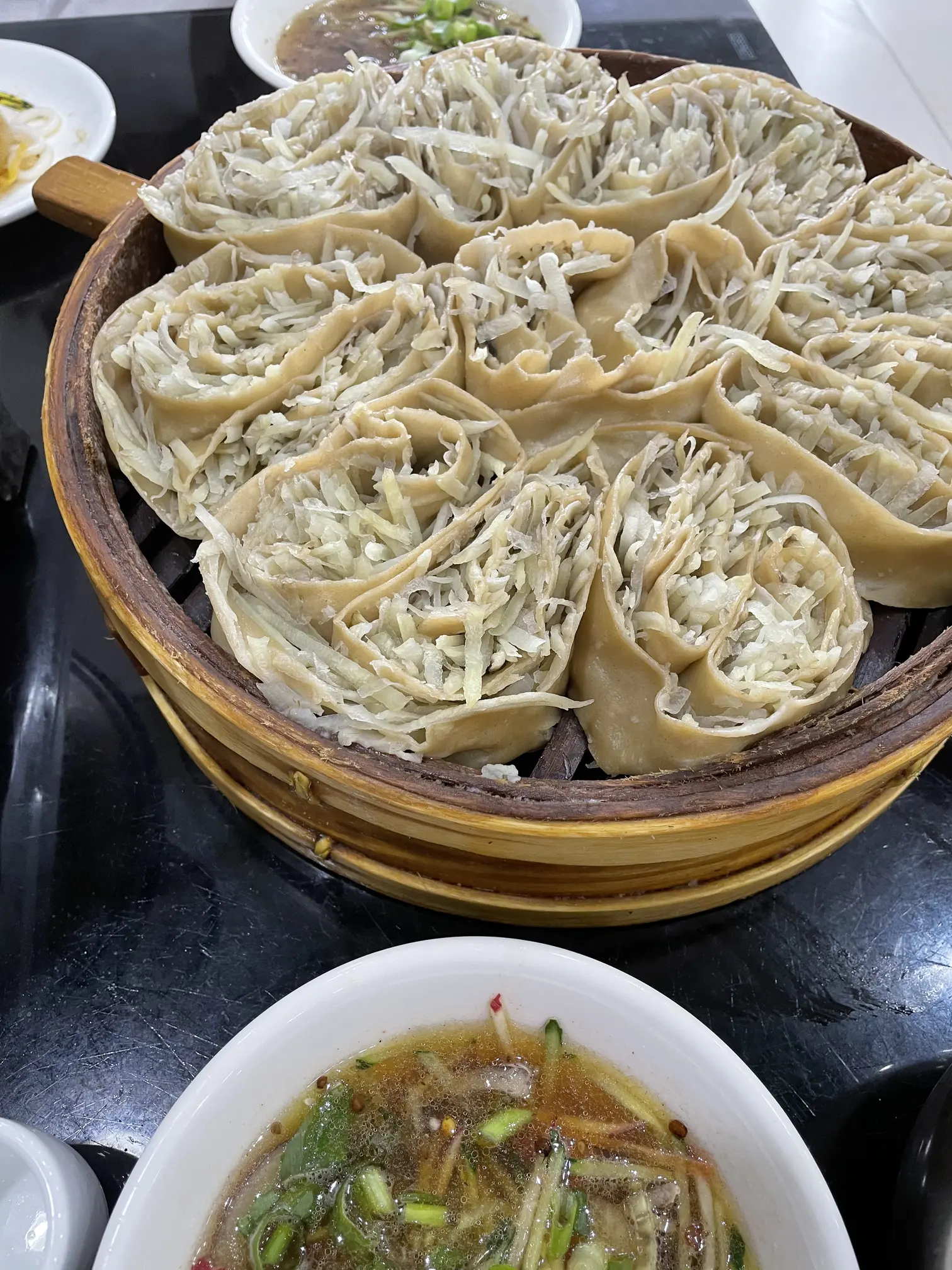

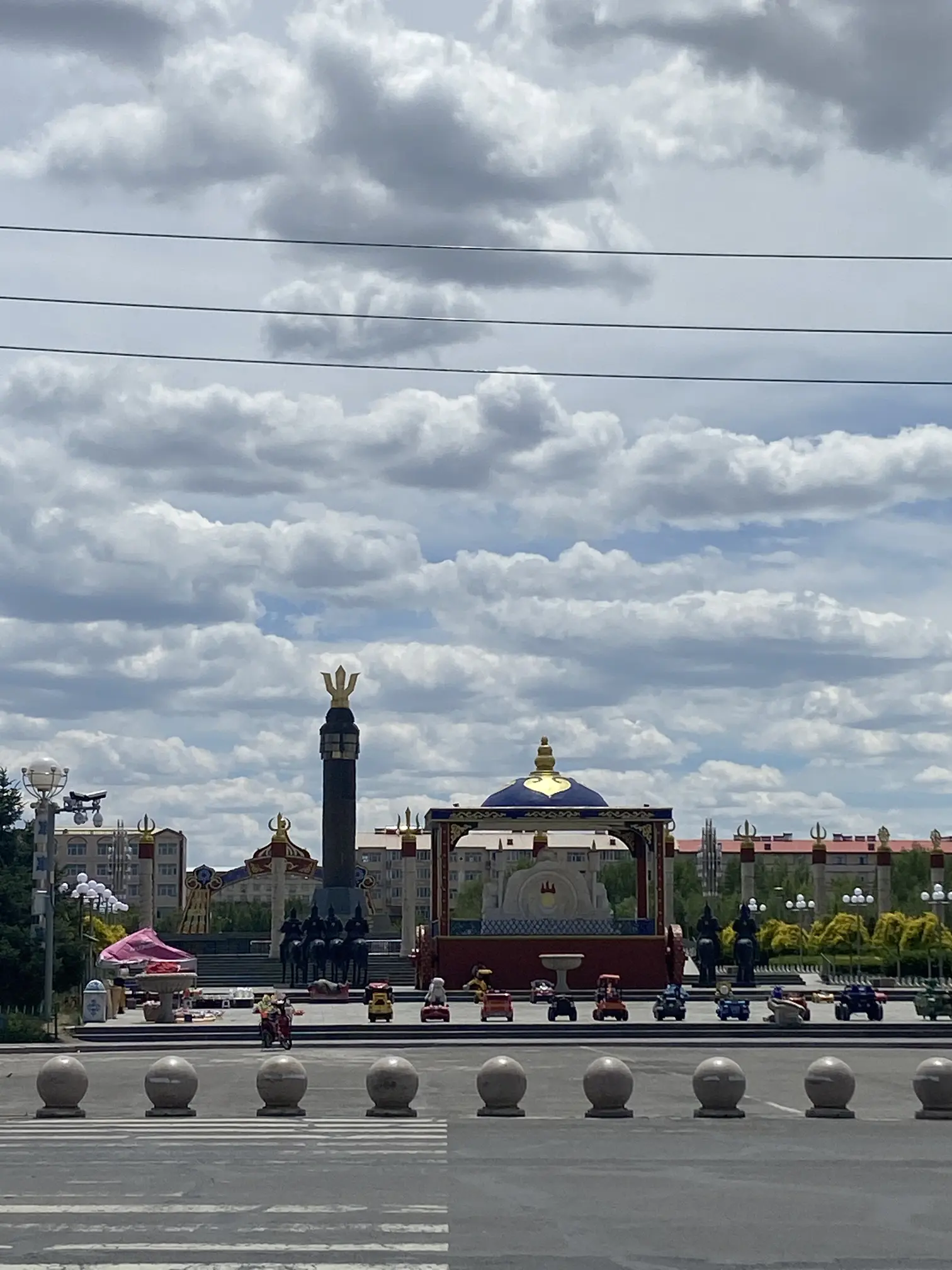
The wind was much calmer today, and the weather was pleasant. The grasslands were nearly empty, and we drove aimlessly, admiring the fluffy cows and sheep by the roadside.
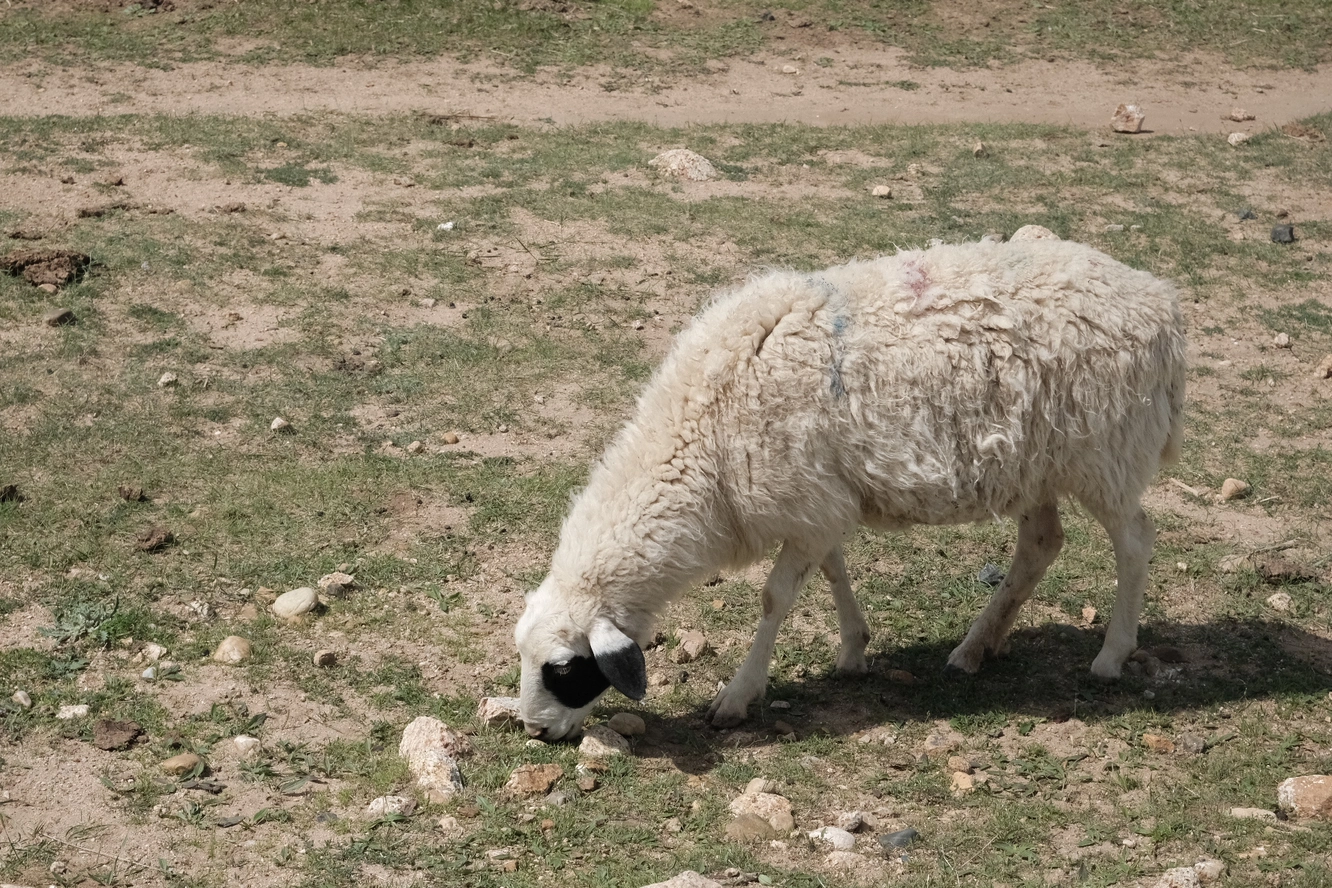
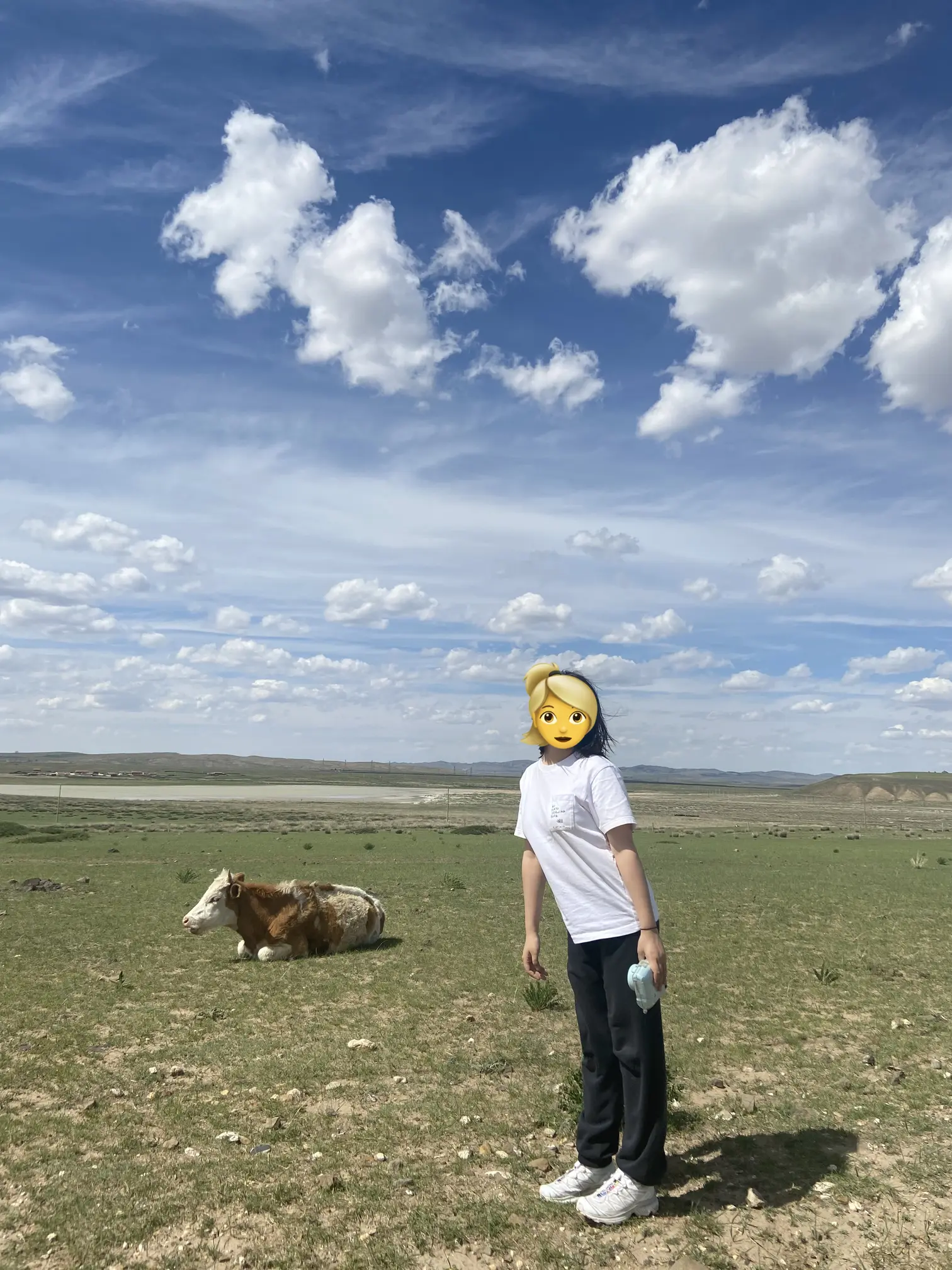
We came across a road sign shaped like a trident, which looked pretty cool. We took a photo with our car. 😄
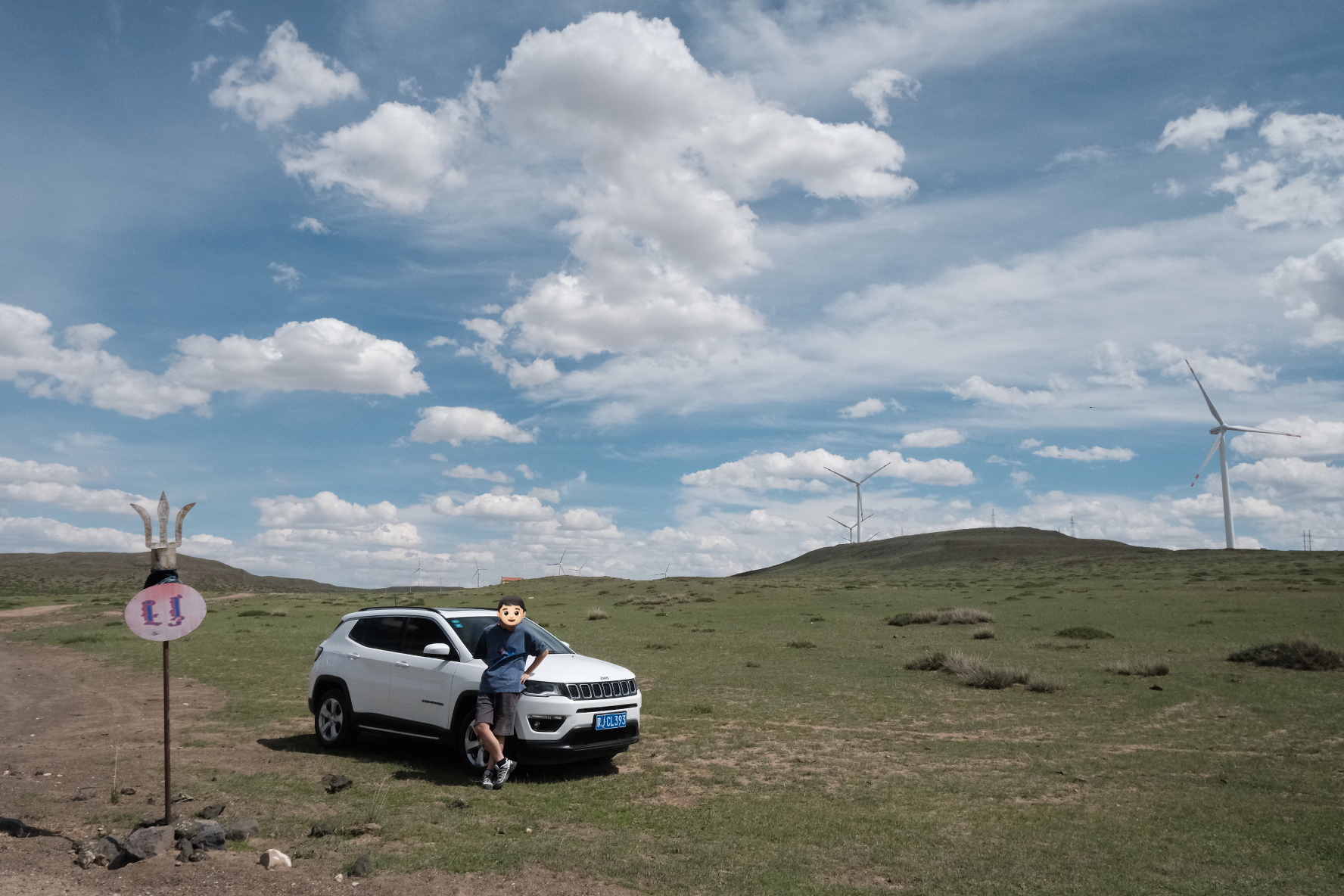
After a leisurely day on the grasslands, we drove back to Jining, speeding along the way. Upon returning to Jining, we refueled the car and returned it without any issues. We took a taxi to the train station and headed back to Beijing!
